8GB of RAM does not make smartphones better
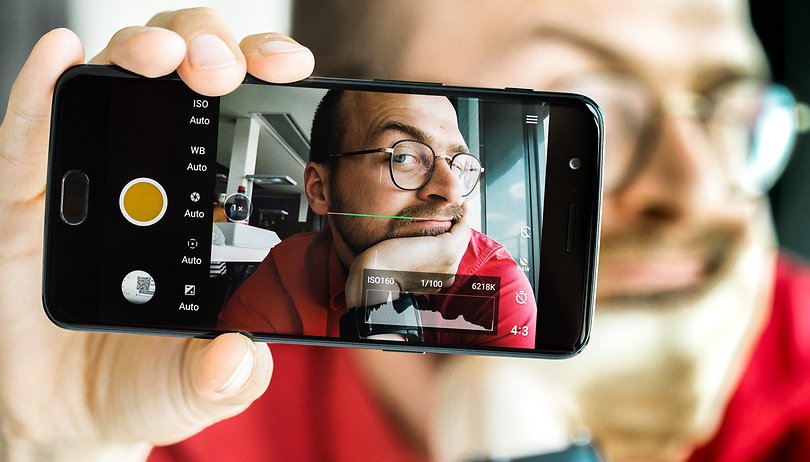

Does it really make sense to have 8 GB of RAM in today’s smartphones? After having examined various smartphones, all of which were similarly built, I was able to come to the conclusion that, in fact, 8 GB is not yet necessary. What’s more, today’s manufacturers and their engineers aren’t doing enough to ensure that this extra internal memory is being used effectively. Here’s how I came to this conclusion.
In our previous article that analysed RAM management, we took a closer look at whether it made sense to use so-called RAM cleaning apps, which promise to solve problems on your phone by clearing the internal memory (RAM). But, is it really worth constantly deleting what’s stored in the memory? We found that it isn’t. Android has its own integrated mechanisms that are able to manage RAM without the need for external apps. But how exactly does Android do this?
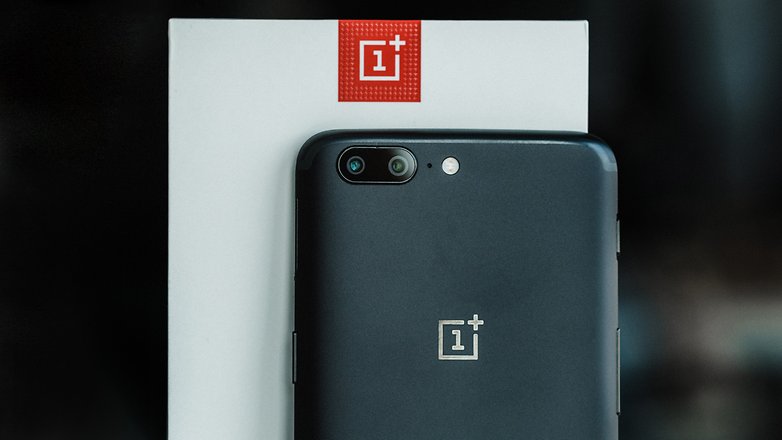
To begin with, most apps function without using a lot of your phone’s resources and are usually stopped by the Android system before they are able to paralyze your phone. There are, however, always a few exceptions, which allow several services to run in the background, slowly sucking your RAM dry and emptying your battery.
Without taking into account these occasional errors in the system, there is one question to ask oneself when considering a new phone: is it really worth purchasing a device with an especially high amount of RAM? Looking at the RAM statistics of various smartphones, all of which with a similar amount and type of apps installed, I was able to observe that Android consistently works well with the hardware that is available to it. Plus, there always seems to be space left over.
That being said, the harmonious workings between hardware and software relies on the manufacturer, meaning how RAM and the Android system collaborates always differs slightly from brand to brand.
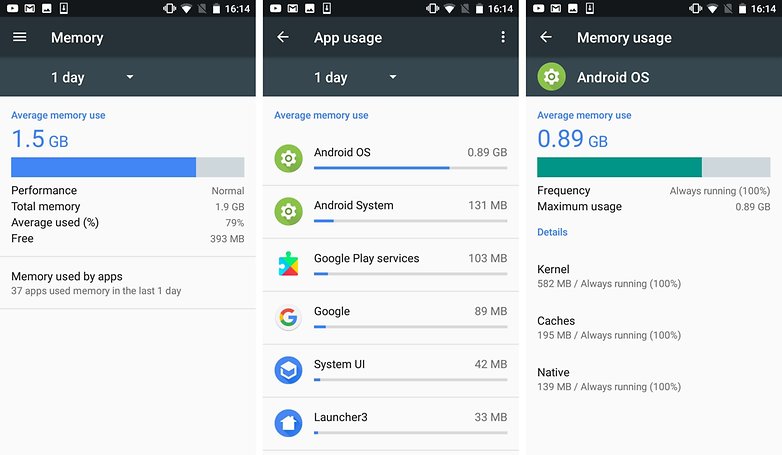
The Nokia 3, an entry-level smartphone, comes with 2 GB of RAM, which on its own is an adequate enough amount, but compared to other smartphones looks quite mediocre. Multitasking is really restricted because of the smaller amount. When jumping from WhatsApp, Facebook, Chrome and a fourth app, you’ll quickly realize that apps often start up completely anew and not from a cached position in the RAM. Nokia always keeps about 500 MB RAM free.
The Honor 9 also quickly closes apps that are running in the background, despite the RAM being twice as big as that in the Nokia 3. Compared to other smartphones, the device in question uses its RAM rather sparingly. On the one hand, the RAM is always emptied successfully by the system, but on the other hand, this causes the smartphone to perform as if it had a lot less memory that it actually does. The downside is of course that apps start up a lot slower. That being said, the upside of the Honor 9 is that it has speedier flash memory than most of its competitors, so the lag is hardly noticed.
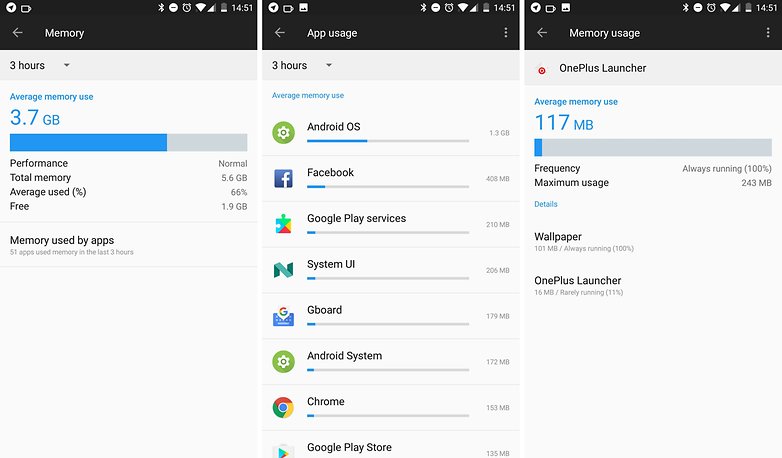
There are two versions of the OnePlus 5, coming with either 6 or 8 GB of RAM. Contrary to Honor, OnePlus uses this strength to the fullest. In the stats, the model used 66% of its 6 GB in the daily usage of the phone, while always keeping 2 GB free at all times. In my test of the 8 GB version, 4 GB of RAM were used, while the remaining 4 GB were left untouched. This latter point allowed me to come to another smaller, side thought:
What should be done with the remaining 4 GB of RAM?
The complicated question of how we can use the remaining 4 GB of RAM is one that even OnePlus couldn’t give an answer to. Why then should the device even hold 8 GB? And what would even happen if the entire 8 GB were to be used? So, I decided to simply try it out.
There are some apps in the Play Store that were developed to use the entire RAM of a smartphone.
INSTALL (com.tspoon.androidtoolbelt)
Being a friend of open-source projects, I downloaded the Fill RAM app and installed it on the 6 GB version of the OnePlus 5. After just a few minutes, the free RAM went to a three digit figure, as seen in the left screenshot. Then the most curious thing happened.
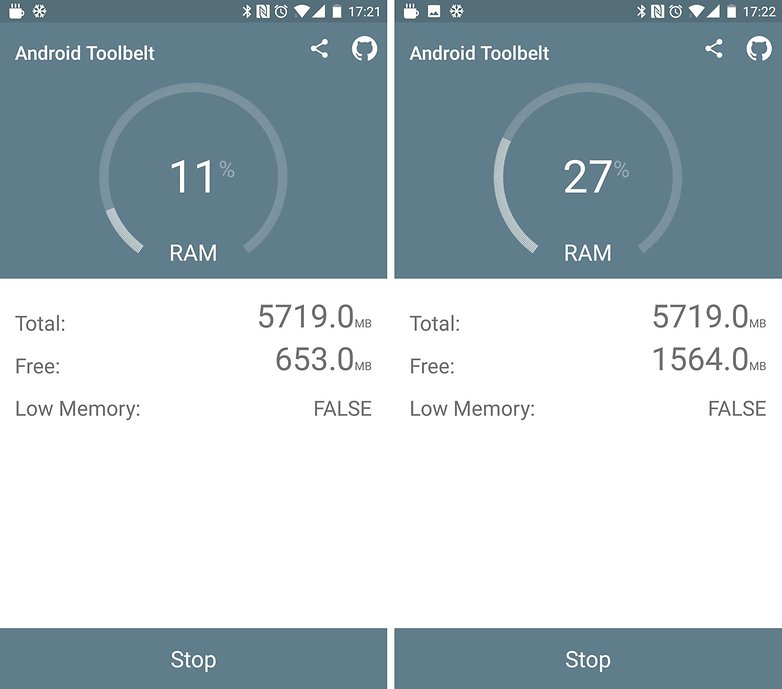
As soon as around 500 MB are left free, Android’s automatic RAM optimizer intervenes. This caused the free amount of RAM to then jump back to a four digit figure (see in screenshot above on the right). However, the stats in the app info show that Fill RAM uses 3.2 GB (shown in screenshot below on the left) with a tendency to rise. The point at which the RAM would be full seemed to get further and further away. I quickly got the feeling that I might be waiting a long time and broke the test off. After that, around 4 GB of RAM stayed free (see screenshot below on the right) and throughout the day it slowly filled again, though never completely full either.
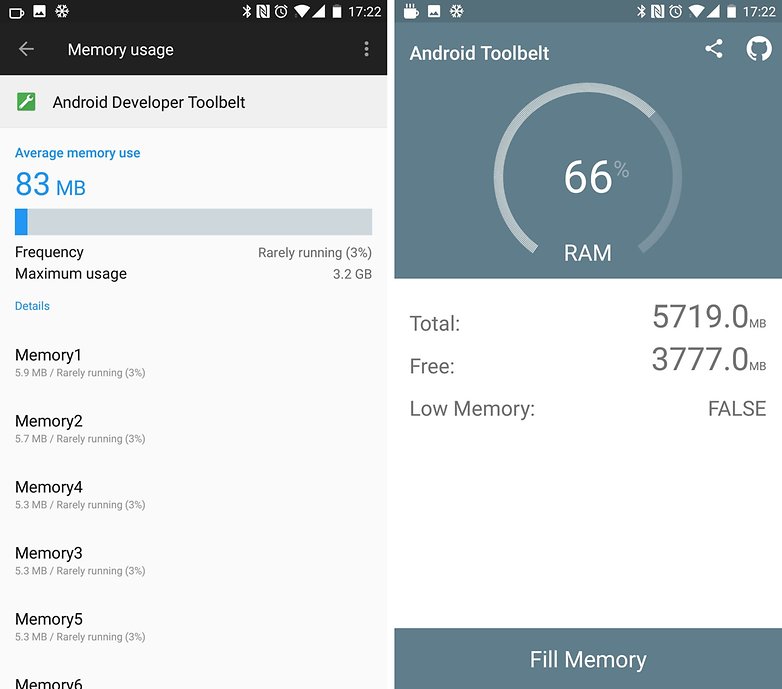
Considering that this app could use so much RAM and yet Android is still able to handle it shows us one thing: Android is always able to rise the challenge of keeping RAM usage at bay. One would have to wait a lifetime for the complete 6 GB of internal memory on the OnePlus 5 to fill up.
App developers are also constantly reminded in the Android documentation to keep the footprint of their app to a minimum. It’s also in the developer's best interest to require less of the system’s resources in order to gain more users and installs. Furthermore, in two years, entry-level Android smartphones are likely not to reach 8 GB of RAM either, but rather 4 GB, especially if Moore’s Law is still applicable.
8 GB RAM cannot be fully used when using Android normally
Without any intense manipulation, you aren’t able to fill up the entire 8 GB RAM on the OnePlus 5 “naturally”. Normal Play Store apps aren’t made to expand to require a great deal of space. OnePlus also needs to be more proactive in using the strengths of its smartphones to the fullest. A thought on how this could be done would be for manufacturers to offer a singular function in the camera app to capability to exploit the RAM for itself. It would then be fast enough for 4K slow-motion or other types of features (depending whether the connection of the sensors to the SoC isn’t bottleneck). Without having these types of functions available to the user, this amount of RAM can be perceived as more of gimmick than a perk.
And what this means for the end user is, to put it honestly, a small slap in the face. People are buying these so-called increased memory smartphones with the hopes that they will outperform other models with less RAM, but it is simply not the truth.

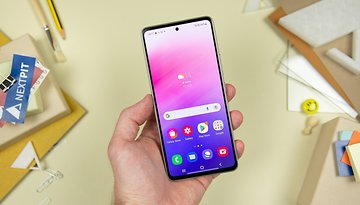

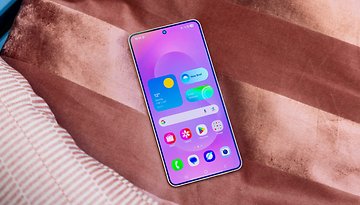

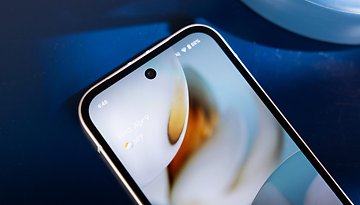


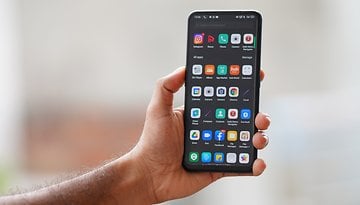

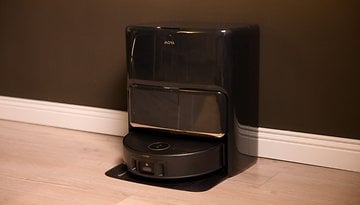



I like my 5T Oneplus. Its quick - doesn't show down, doesn't get rid of my apps. I like.
If 8 GB of RAM is inadequate, with 16 GB of memory and then with 32 GB of RAM, just like computers. But if memory management is not done correctly, then there is no 128 GB of RAM!
They say to future proff you phone. I don't keep any phone for more than 2yrs. So do I need 8gb's, no. But if you want to tell family & friends, I have 8gb's, big deal all it does is give you bragging rights! 4gb's with the 835 is more than sufficient!
If it can't be addressed it can't use it
Android Apps only use 64Mb or 128Mb normally, 2~4Gb it's enough
First, there simply is a subculture of "super users" who want to own, show around and chat about the hottest device possible, regardless what they personally do with it. As compared with buying a Ferrari it's a good cheap thrill. Second, while super specs are overkill right now, inevitably games, then VR, AR, media, and desktop and motor vehicle integration will gradually begin demanding those resources - the schedule for introducing the new software will depend on the consumer market owning hardware that's able to handle them. The whole evolution of computing has been a hopskotch with irregular advances in hardware and the software it's capable of running.
If Android artificially limits the RAM usage to always keep a portion free it would matter how much RAM there is overall. If you have 4Gb only 2Gb is actually usable, if you have 8Gb 4Gb is actually usable. More RAM means more available RAM, the fact that not all of it is utilized all the time isn't a problem since under no normal circumstances would all the RAM be utilized with any amount of RAM. This article just doesn't make sense, I can only justify this article's existence as a weak contrarian dissent to higher RAM figures in new phones and a call to shift Android memory usage to be more like Windows. Even the app development suggestion was handled by the author; apps are constrained by the RAM management and want the most downloads possible so they go for lowest requirements.
You're under the impression that the ram is "artifically limited", by the way android uses ram, which it's not. All of the ram is usable all the time, android doesn't limit ram, it just uses what's needed for the job, nothing more. let's take into account the LMK, which is needed for it's ability to save battery, by limiting, in certain steps, and levels of importance, from foreground apps, to empty apps. More ram won't make a difference, if it's filled up with open, or hibernated apps, plus that extra ram, regardless if it's filled with data, or not, is always on, pulling current, wasting battery. The more ram that's on the device that's not being used, is just sitting there , wasting battery. You can go over a limit with usable ram on mobile platforms, unlike a pc, which always is connected to a stable power supply. Android recycles memory, because "it has to" and it's efficient in that, that windows doesn't have to be, or care about. No apps currently, except for testing apps that purposely stress the memory will push that amount of ram, at one time, to stress, and trip up the way android handles ram. The ingenious way that ram is handled on android for "mobile" makes a lot of sense, as that ram is always on, regardless if it's used, or not.That's why to a certain limit, ram can be wasted, the more ram you have over what's needed, can be a waste.
I have an old S3 with Nougat 7.1.2 on it. While it runs ok, it is a bit slow with only 1 gb of ram.
My wife has a Moto G4, with 2 gb of ram. With app updates coming thick and fast, she will find the phone getting slower by the hour.
With my OnePlus 5, at least I am spared that for a good while.
The garbage collection process is not good. Google is not using the 64bit addressing. 8gb would be important for future OS that ships later for hardware that supports it in advance preventing you from having to buy a new phone a year from now when it matters.
OnePlus own answers on the topic of RAM have shown they didn't implement it with engineering understanding or a software purpose. Rather it was just marketing hype.
The only real reason to have more ram in your phone is for future usages. 4gigs to 6gigs is all you need today and the life of your phones. As applications grow along with the OS which tends to make it feel sluggish. A lot of reasons phones get boot loop and other problems are because of the limiting resources.
What good is 8gb's if your only using 4? My present phone has 4gb's with the 835 processer and it's plenty fast. At this point in time I don't think 8gb's is necessary. Hey my neighbor has 8gb's of ram on his phone. Big deal, does it really matter? To me no!
Finally! Android's ram management is vastly different than Windows-esh systems. It's very proactive, and that's it's strength>Qudos to the author<. What mfgrs should be doing, is figuring out the various links from Soc, to ram, to speed up the process, either in software or hardware. We need to leave the idea of vastly more ram to computers as it doesn't transfer well to mobile, and isn't efficient. Also the way that phones, even expensive ones are nowadays, in two years average time of keeping one, there will be nothing, except for test apps, that will stress the ram enough, to make any difference, including ar, vr . Android uses a recyclable approach(what do you think the Low Memory Killer's for). There is a limit in how many apps are running though, but its very high with the way android's set up, unlike a computer, and can still run apps with more aggressive kill mechs, when it gets closer to it's limits. Good article.